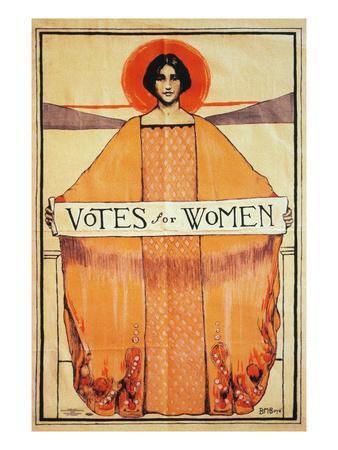Honor the Suffragists by Fighting for Women’s Rights
Today, more women than men vote in the United States. For example, in the 2016 election, 55 percent of American women voted; only 52 percent of men voted. Women voters are courted by both political parties and by candidates, and our voting behavior is constantly scrutinized. More women are also running for office than ever before. Currently, 24 percent of members of the U.S. House of Representatives and 25 percent of U.S. Senators are women. Both major political parties have nominated women for either president or vice president.
American women did not always have the right to vote. Women gained that right 99 years ago — in 1920 — when the 19th Amendment was ratified. As we mark this anniversary, there are numerous programs and exhibits illustrating the struggle for women’s suffrage, which isn’t often taught in school or widely known. The fight spanned over 70 years, culminating in the passage and ratification of the 19th Amendment. The struggle here in the U.S. took place as women across the globe also fought for their right to vote. Between 1918 and 1921, women gained the right to vote in Austria, Germany, the Netherlands, Poland, Russia, the United Kingdom and the United States.
Women in the U.S. began fighting for the right to vote in the mid-1800s, after passage of the 14th and 15th Amendments to the Constitution, which granted African American men the right to vote. Make no mistake, the women who fought for suffrage were held back by legal barriers to their participation in public life as well as social norms about their role in society. Despite this, American women organized, marched, went to prison, committed civil disobedience, lobbied office holders and candidates at every level and in both political parties, and navigated complex political and legal terrain.
And, they organized across the country, riding trains, sending telegrams, having no access to social media and cell phones. They were called names, castigated as agitators who would tear apart society and family, and their appearances often mocked. They dealt with the legacy of the Civil War and racism, which was often used by those opposing suffrage and at times, by those favoring it.
From the time of the first bitter referendum in 1867 to ratification of the 19th Amendment, the suffragists undertook 480 petition and lobbying drives to get state legislatures to submit suffrage amendments to voters; 277 campaigns to get state party conventions to include women’s suffrage planks in their platforms; and, 56 state referendum campaigns. Women in the Western U.S. gained rights to vote before the rest of the country and in many places, women could vote for some, but not all, offices.
The ratification of the 19th Amendment came down to one state (Tennessee) and the vote of Harry Burn (the youngest member of the Tennessee General Assembly, who changed his vote because of a note from his pro-suffrage mother). It’s an iconic and heartwarming story.
As I moderated a panel last month on this topic, the lesson I took away was that women’s suffrage was not inevitable, and neither is any social change. Change happens because citizens organize and fight for it. As Casey Cep recently wrote in the New Yorker: “Apart from inaccuracy, one of the greatest flaws in any historical account is a sense of inevitability. The idea that women were always going to get the right to vote in the U.S. ignores the reality that women only got that right in Switzerland in 1971 and Saudi Arabia in 2015. It also fails to explain why the right was granted to American women in 1920, as opposed to 1919 or 1918, or perhaps more pointedly in 1776.”
It is easy to look back and see women’s suffrage, and Harry Burn’s vote, or the passage of civil rights, or the election of women to office, as inevitable. They aren’t. They happen because committed individuals and organizations lay the groundwork, take risks, challenge norms, revise laws and policies, and work to convince others. The suffragists did just that, so that each of us can participate in American politics and public life. We owe it to them and their struggle to keep working towards a society where everyone can fully participate.




